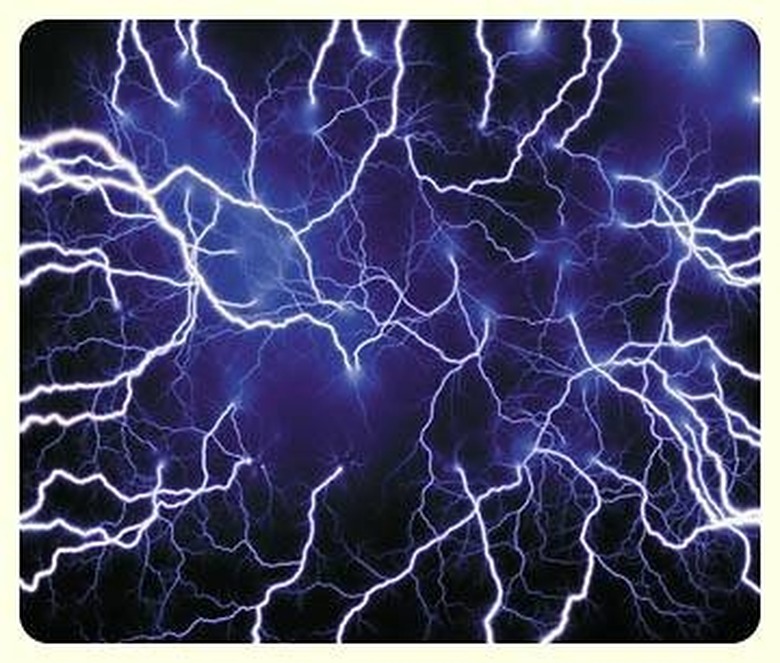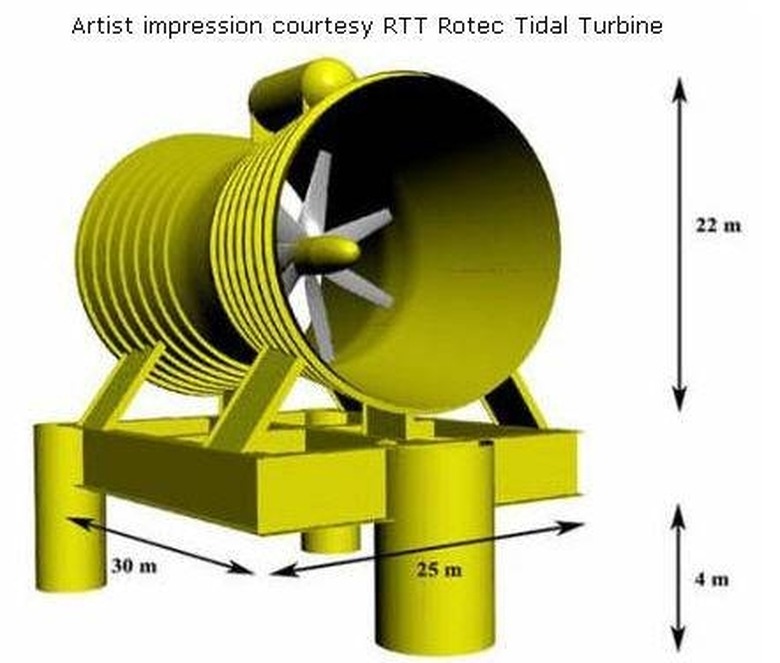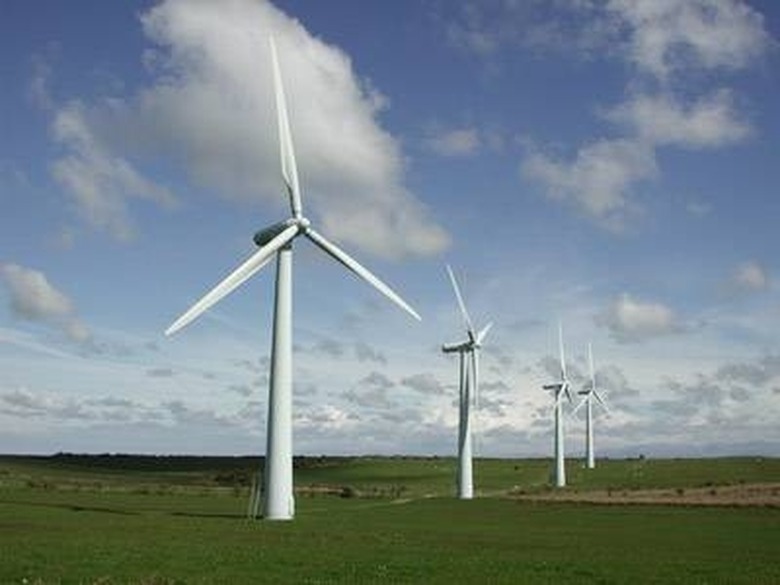How Is Electricity Made?
Electricity is one of our most well-used gifts from nature. Learning how to manipulate and use this natural element has dramatically changed our everyday lifestyles in countless ways. This article discusses the basic process behind how electricity works and how it's made.
Identification
Identification
Electricity is one of our most basic of elements that's always been present on our planet. It wasn't until the late 19th century that scientists discovered how to harness this energy source. Natural metals such as aluminum, copper, silver and gold are materials that naturally conduct electrical current when the right mechanisms are in place. The reason for this lies in the way that their atoms are constructed. Electricity happens when the electrons that surround an atom's nucleus are stimulated. The electrons are made of energy, so any agitation applied causes this energy to disperse. Metal atoms are good conductors because their nucleuses have a loose hold on their outlying electrons, making these electrons easier to stimulate. Materials such as glass and wood have nucleuses that maintain a tight hold on their electrons, which is why these materials are poor conductors of electricity.
Function
Function
In order for electricity to flow, a current has to be created and maintained. This is done using a generator device. Generators are what keep the electrons stimulated and moving. This process of generating energy, in effect, creates more and more of the same. Once a current of energy, or electricity, is conducted, devices called transformers are responsible for directing the flow so that it can be put to some form of use. Electrical current runs most efficiently along aluminum or copper wiring. The generator mechanism then acts as a magnetic force that stimulates the electron currents to run along the wiring. This is how electricity is made.
Types
Types
On a mass scale, there are several ways to make electricity, many of which rely on steam as a source of kinetic energy. Machines called turbines, made up of a large wire encased by a magnetic housing, are forced to spin by the kinetic energy generated by steam. As the turbine spins, magnetic forces stimulate the wire's electrons, which causes electrical currents to form. Transformers are then used to regulate the flow of current to and from a power plant. The steam needed to drive these turbines can be generated by burning fossil fuels such as oil, gas, and coal or through nuclear energy by splitting uranium material. In both cases, heat is created as a means to condense large amounts of water into steam. Other methods of running a turbine use wind, natural gas or just plain water to provide the physical force needed to spin the turbine. .
History
History
The first documented incidence of how electricity is made was recorded in the mid-18th century by Benjamin Franklin and William Watson. Franklin's well-known experiment using a kite and key in a lightning storm led to the invention of the lightning rod. Franklin is also credited with identifying the positive and negative potentials within electric currents. Further study of this phenomena were undertaken by Michael Faraday, Alessandro Volta, Luigi Galvani, Andre-Marie Ampere and Georg Simon Ohm. This group of scientists was responsible for establishing a basis of measurement for electricity, which marked the beginning of modern electrical technology. The subsequent invention of the light bulb by Thomas Edison was followed by the making of the first commercial electrical power plant in Manhattan, New York, in 1882.
Warning
Warning
As useful and needed as electricity is within our everyday lives, the means by which it's produced contribute to our global warming problem in significant ways. The accumulated effects produced by the burning of fossil fuels directly adds to the heat factor that affects our global temperatures. Carbon dioxide gases, the gases emitted when fossil fuels are burned, are the most damaging contaminants. Fortunately, new technologies that use cleaner energy agents are being developed to replace the use of fossil fuels in the production of electricity.
Cite This Article
MLA
Jeanty, Jacquelyn. "How Is Electricity Made?" sciencing.com, https://www.sciencing.com/how-electricity-made-4623242/. 24 April 2017.
APA
Jeanty, Jacquelyn. (2017, April 24). How Is Electricity Made?. sciencing.com. Retrieved from https://www.sciencing.com/how-electricity-made-4623242/
Chicago
Jeanty, Jacquelyn. How Is Electricity Made? last modified March 24, 2022. https://www.sciencing.com/how-electricity-made-4623242/


